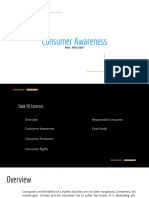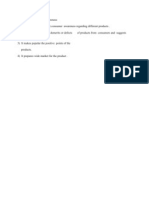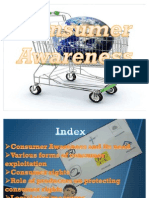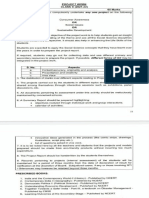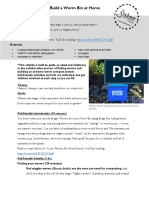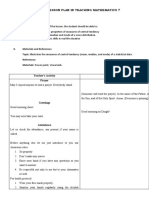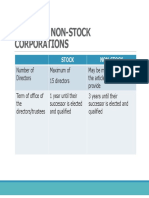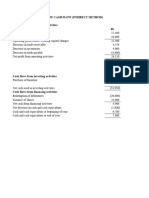100% found this document useful (1 vote)
2K views15 pagesConsumer Awareness Project
The document outlines the Consumer Awareness Project, focusing on consumer rights, protection mechanisms, and informed decision-making. It details the rights to information, safety, choice, and redressal, as well as the Consumer Protection Act, 2019, and the role of consumer forums. Additionally, it addresses common consumer challenges and offers strategies for responsible consumption and effective complaint resolution.
Uploaded by
Sudhanshu MallickCopyright
© © All Rights Reserved
We take content rights seriously. If you suspect this is your content, claim it here.
Available Formats
Download as DOCX, PDF, TXT or read online on Scribd
100% found this document useful (1 vote)
2K views15 pagesConsumer Awareness Project
The document outlines the Consumer Awareness Project, focusing on consumer rights, protection mechanisms, and informed decision-making. It details the rights to information, safety, choice, and redressal, as well as the Consumer Protection Act, 2019, and the role of consumer forums. Additionally, it addresses common consumer challenges and offers strategies for responsible consumption and effective complaint resolution.
Uploaded by
Sudhanshu MallickCopyright
© © All Rights Reserved
We take content rights seriously. If you suspect this is your content, claim it here.
Available Formats
Download as DOCX, PDF, TXT or read online on Scribd
/ 15




